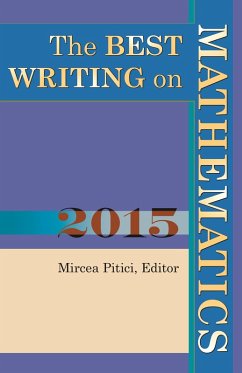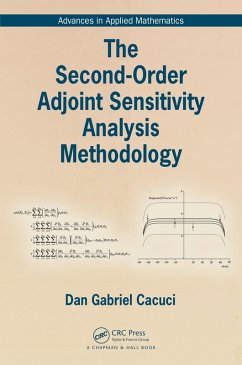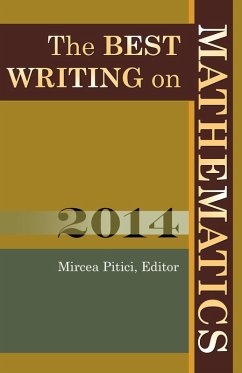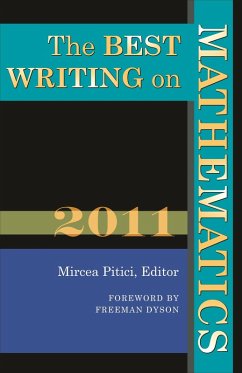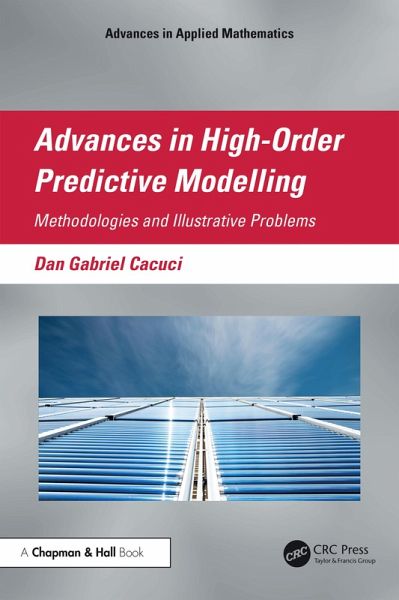
Advances in High-Order Predictive Modeling (eBook, ePUB)
Methodologies and Illustrative Problems
Versandkostenfrei!
Sofort per Download lieferbar
52,95 €
inkl. MwSt.
Weitere Ausgaben:

PAYBACK Punkte
26 °P sammeln!
Continuing the author's previous work on modeling, this book presents the most recent advances in high-order predictive modeling. The author begins with the mathematical framework of the 2nd-BERRU-PM methodology, an acronym that designates the "second-order best-estimate with reduced uncertainties (2nd-BERRU) predictive modeling (PM)." The 2nd-BERRU-PM methodology is fundamentally anchored in physics-based principles stemming from thermodynamics (maximum entropy principle) and information theory, being formulated in the most inclusive possible phase-space, namely the combined phase-space of co...
Continuing the author's previous work on modeling, this book presents the most recent advances in high-order predictive modeling. The author begins with the mathematical framework of the 2nd-BERRU-PM methodology, an acronym that designates the "second-order best-estimate with reduced uncertainties (2nd-BERRU) predictive modeling (PM)." The 2nd-BERRU-PM methodology is fundamentally anchored in physics-based principles stemming from thermodynamics (maximum entropy principle) and information theory, being formulated in the most inclusive possible phase-space, namely the combined phase-space of computed and measured parameters and responses.
The 2nd-BERRU-PM methodology provides second-order output (means and variances) but can incorporate, as input, arbitrarily high-order sensitivities of responses with respect to model parameters, as well as arbitrarily high-order moments of the initial distribution of uncertain model parameters, in order to predict best-estimate mean values for the model responses (i.e., results of interest) and calibrated model parameters, along with reduced predicted variances and covariances for these predicted responses and parameters.
The 2nd-BERRU-PM methodology provides second-order output (means and variances) but can incorporate, as input, arbitrarily high-order sensitivities of responses with respect to model parameters, as well as arbitrarily high-order moments of the initial distribution of uncertain model parameters, in order to predict best-estimate mean values for the model responses (i.e., results of interest) and calibrated model parameters, along with reduced predicted variances and covariances for these predicted responses and parameters.
Dieser Download kann aus rechtlichen Gründen nur mit Rechnungsadresse in A, B, BG, CY, CZ, D, DK, EW, E, FIN, F, GR, HR, H, IRL, I, LT, L, LR, M, NL, PL, P, R, S, SLO, SK ausgeliefert werden.





